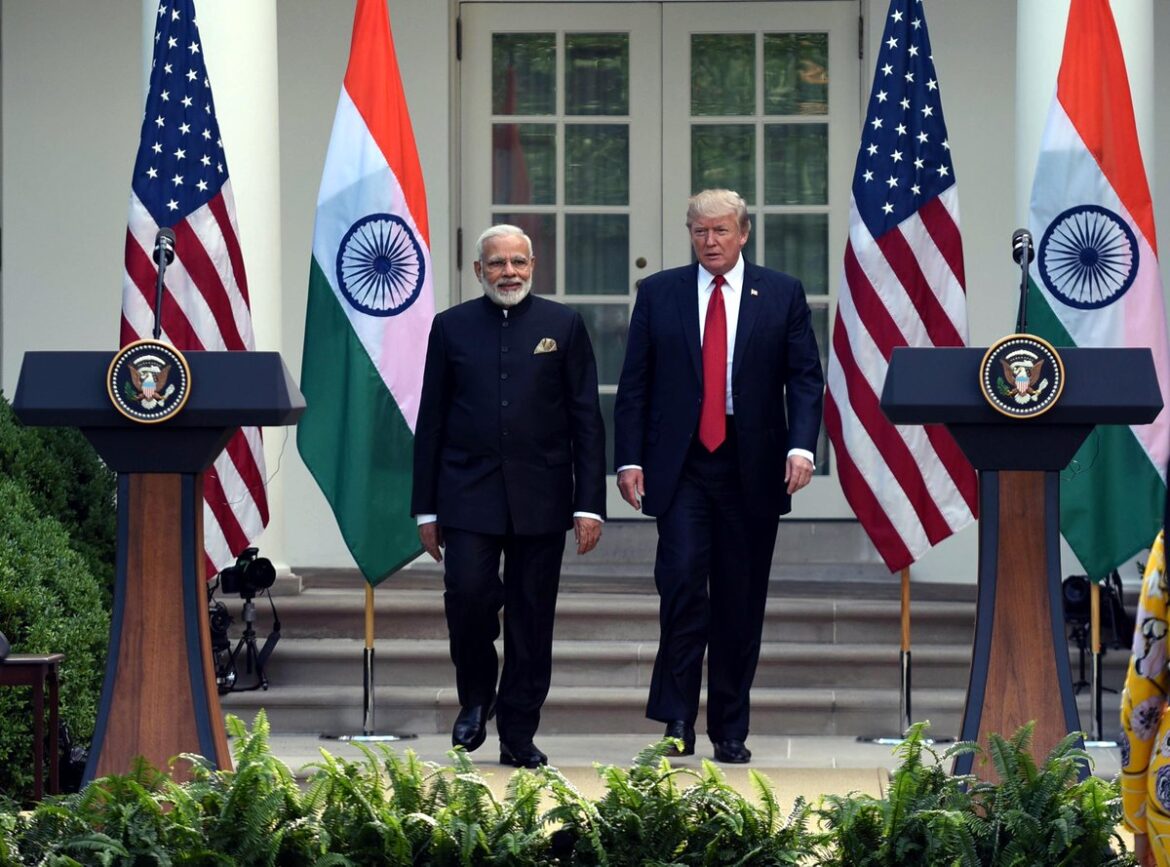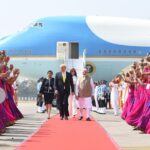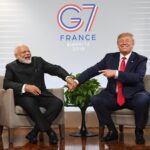U.S.-India experts and community leaders have welcomed Indian Prime Minister Narendra Modi’s upcoming visit to the United States, where he is set to meet President Donald Trump. They highlight that Modi will be among the first world leaders to visit the U.S. following Trump’s inauguration less than a month ago, underscoring the visit’s diplomatic significance.
PM Modi is scheduled to be in Washington, D.C., from February 12-13, with bilateral meetings at the White House and a possible dinner with President Trump on February 13th. The visit comes amid the recent deportation of 104 Indian migrants on February 5th to Amritsar, Punjab, one of the longest and most expensive deportation flights undertaken by the U.S. government. This underscores immigration as a sensitive issue likely to feature in the discussions.
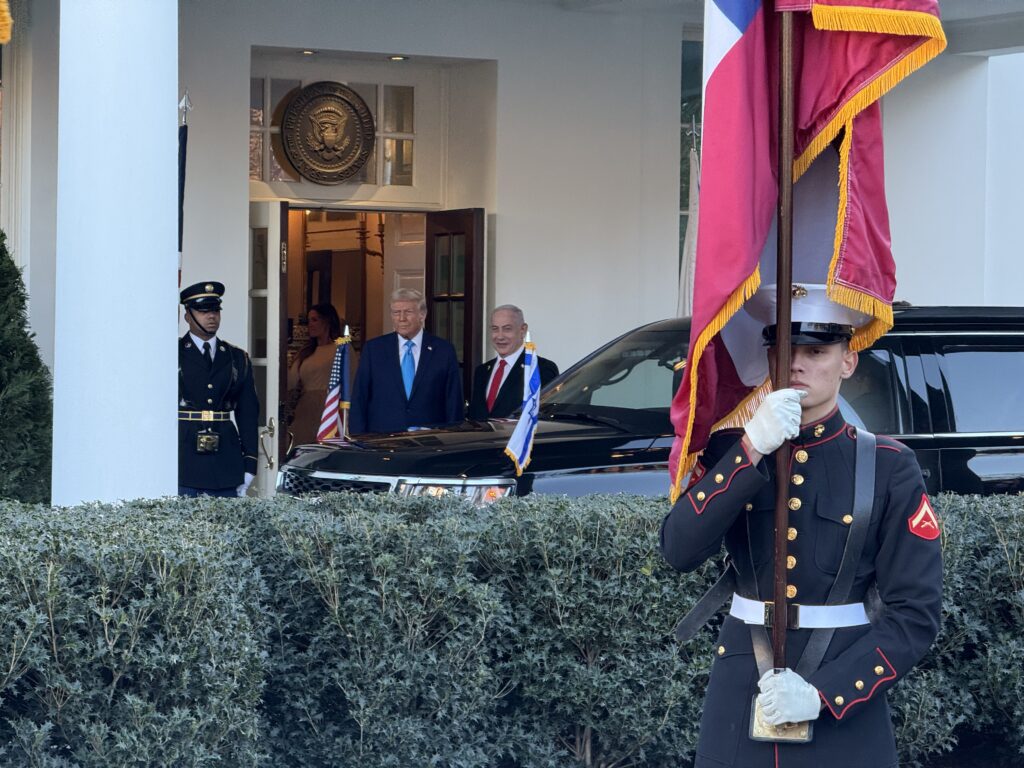
South Asian Herald reached out to experts and community leaders for insights on the key strategic topics PM Modi is expected to address with Trump, including trade relations, tariffs, illegal migration, and the broader geopolitical significance of the visit.
India-United States Experts
Research Fellow and Director of the Initiative on the Future of India and South Asia at the Hudson Institute, Aparna Pande, described the visit as both “symbolic and substantive.”
“It is important for PM Modi that he be one of the first few foreign leaders to meet President Trump,” she said.
On the substantive side, Pande noted that discussions will likely cover security (Indo-Pacific, Quad, China), commercial (trade, tariffs), and immigration (legal and illegal) issues.
“It will all depend on what India brings to the table and what India can offer that appears like a win for the Trump administration,” she added, when asked whether the Trump administration will take a more aggressive stance on trade relations and tariffs with India.
Echoing Pande’s views, Associate Fellow at the Chair on India and Emerging Asia Economics, Center for Strategic and International Studies (CSIS), Akshat Singh, emphasized the significance of Modi’s visit so soon after Trump’s inauguration.
“This alone suggests a deeper commitment to the U.S.-India relationship,” Singh said.
He pointed out that Indian Foreign Minister S. Jaishankar has visited Washington twice since November, most recently for a bilateral meeting with Secretary of State Marco Rubio. “With that level of engagement, it’s hard to ignore the momentum. Quad will be a major topic, and with both countries focused on Indo-Pacific security, the conversation could move toward expanding military coordination,” added Singh.
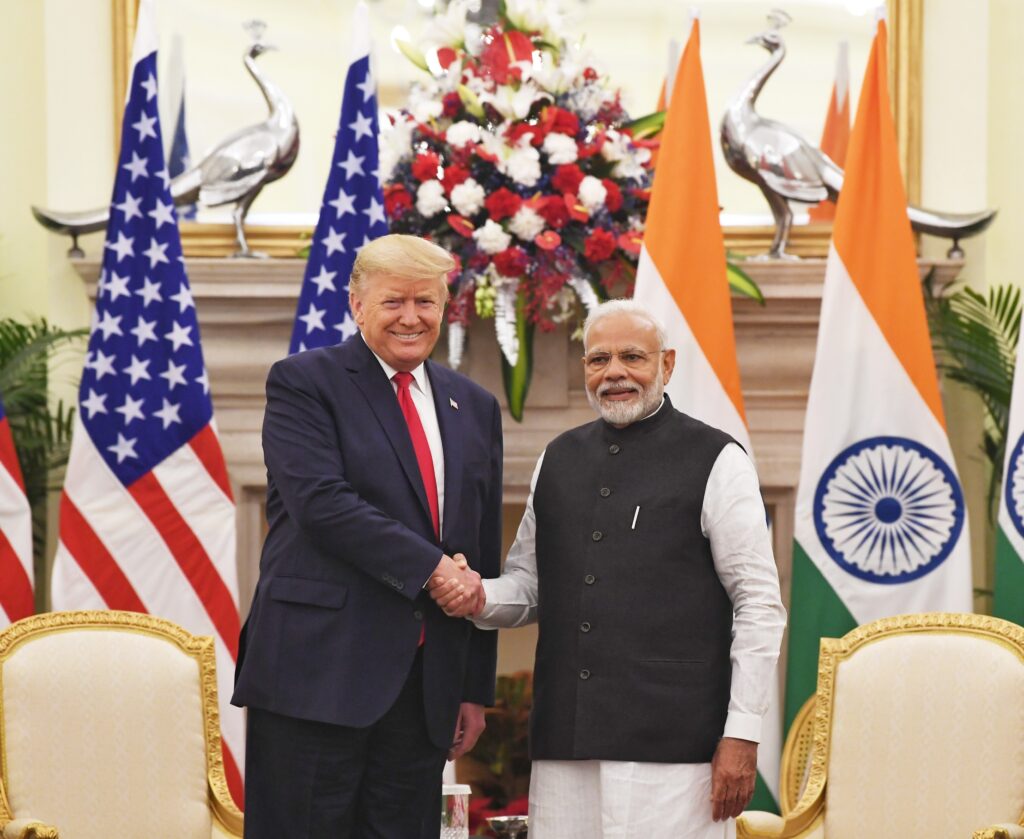
Trade remains a key point of contention, he argued stating Trump has been vocal about India’s market access restrictions, while Modi’s Atmanirbhar Bharat policies have complicated negotiations. However, Singh noted that India’s Production Linked Incentive (PLI) schemes could provide an opening for U.S. exports of capital and intermediate goods, shifting the dynamic from confrontation to negotiation.
He also highlighted that discussions will likely cover H-1B visa flexibility and the issue of illegal migrants, acknowledging the complexity of these negotiations. “If there’s a deal to be made, it might come with trade concessions,” he added.
Singh observed a pattern in Trump’s trade tactics mentioning, “It’s tough rhetoric up front, then room for negotiation.” He expects “reciprocity” to be the key word in this round of discussions but believes broader strategic priorities may help keep tensions in check.
Global India Fellow at the Atlantic Council, Srujan Palkar, pointed out that Modi and his team are well aware of Trump’s early focus on trade negotiations. “PM Modi and his team will have seen the patterns in President Trump’s first weeks in office, especially the pattern of a heavy focus on trade which brings the other party to the negotiation table,” Palkar said.
He anticipates that Modi will be prepared with counter-proposals, likely centered on three key areas: increasing defense cooperation (with India purchasing more American weaponry), trade balancing, and immigration. Palkar also expects the leaders to highlight their rapport and reinforce that U.S.-India relations will be among the most defining partnerships of the 21st century.
Nonresident Senior Fellow at the Atlantic Council, Mark Linscott, noted that Trump has taken a more aggressive stance on trade and tariffs with all trading partners from China to U.S. allies.
“The guardrails are almost gone as we anticipate the next day-by-day developments,” Linscott said. “But I am confident that the Trump administration would like to do a big trade deal with India—certainly bigger than the one that almost got concluded in the first term.”
Community Reactions:
Founder and Chairman of Sikhs of America USA, Jesse Singh, highlighted that Prime Minister Narendra Modi is among the first world leaders to meet President Donald Trump at the White House, following Israeli Prime Minister Benjamin Netanyahu, and Japanese Prime Minister Shigeru Ishiba.
Singh noted, “It shows that the relationship between the US and India is very strong, and both the countries know each other’s importance.”
He pointed out that President Trump’s approach to trade will be “very aggressive.” India holds a significant trade surplus with the US, exporting goods worth over $600 billion. Singh emphasized that India cannot afford tariffs on these exports, especially as President Trump has signaled potential tariff impositions.
“I think America wants to sell more defense equipment to India, especially big airplanes and fighter jets, and I think that’s going to be the key thing,” Singh said. He also acknowledged Prime Minister Modi’s strategic move in accepting undocumented Indian immigrants back, reinforcing India’s responsibility. In return, India is expected to push for more H-1B visas and other travel permits for those seeking opportunities in the US.
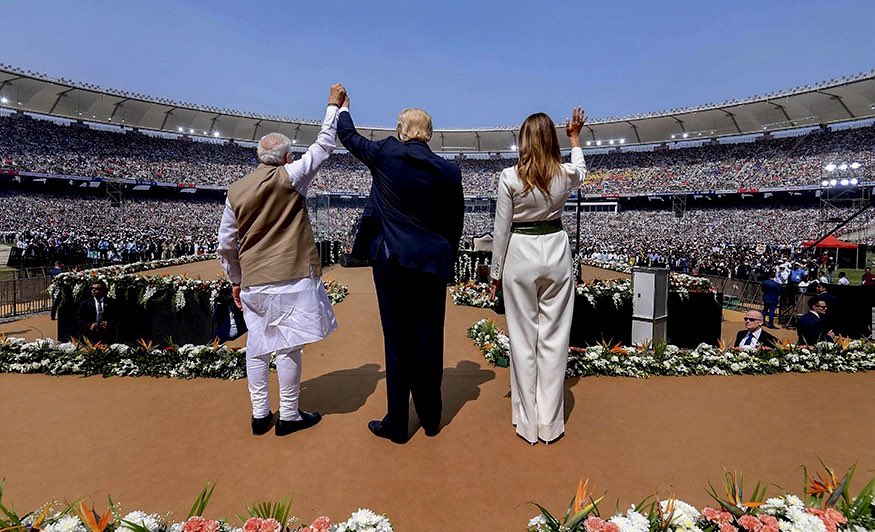
Indiaspora Founder and Chairman MR Rangaswami echoed similar sentiments, noting, “The fact that Prime Minister Modi is among the first foreign leaders to meet President Trump speaks volumes about the US-India relationship,” adding “I expect that shared strategic interests between the two countries and the personal rapport between the two leaders will help strengthen bilateral ties over the next four years.”
Sanjeev Joshipura, executive director of Indiaspora, emphasized the significance of the meeting, saying, “I expect several important issues pertaining to trade, defense, immigration, the Quad, and cross-border investments to be discussed between the two leaders.” He urged the Indian diaspora to view this meeting as an effort to solidify ties while managing differences.
President of the American Hindu Coalition, Harsh Sethi called the meeting a “defining moment for U.S.-India relations,” underscoring that it goes beyond diplomacy to reinforce a strategic partnership on the global stage.
“With trade, defense, and regional security on the agenda, the two leaders will explore ways to boost economic growth, open up markets, and make it easier for skilled workers to contribute to economies,” Sethi added.
He also noted that the visit takes place amid shifting global alliances, with discussions expected to include economic frameworks like BRICS, as well as immigration policies and security cooperation, particularly in the Indo-Pacific region.
Founder and CEO of the National US-India Chamber of Commerce, Purnima Voria, stressed that Prime Minister Modi’s visit will reinforce the multifaceted relationship between the two nations, with key developments anticipated in trade, defense, immigration, regional security, and technological collaboration.
Voria, a former National Advisor to the U.S. Secretary of Commerce, added that these discussions aim to lay the groundwork for enhanced cooperation and mutual growth in the years ahead.
Head Americas – VFS Global, Amit Kumar Sharma, “The constant visits to both countries by business leaders of the world’s leading companies on either side showcase the urge for investments and increased collaboration fueled through a concerted long drawn effort by governments from both countries. PM Modi’s visit is a much-anticipated culmination of these efforts jointly by businesses, associations and the governments fueling more travel; and a busier US-India Corridor in 2025 and beyond.”


